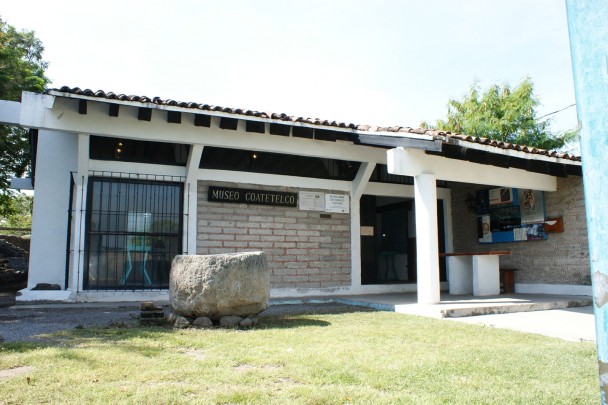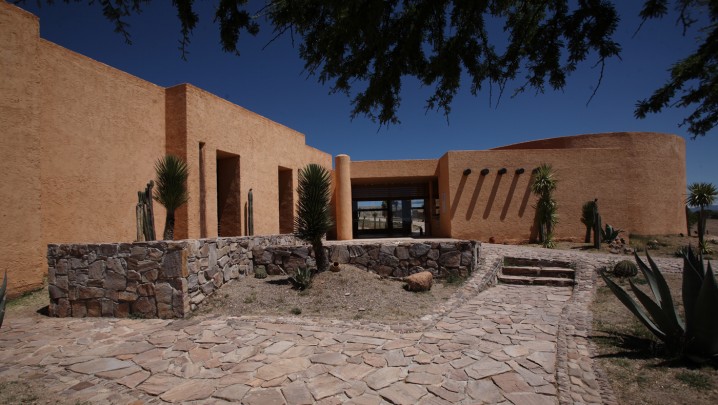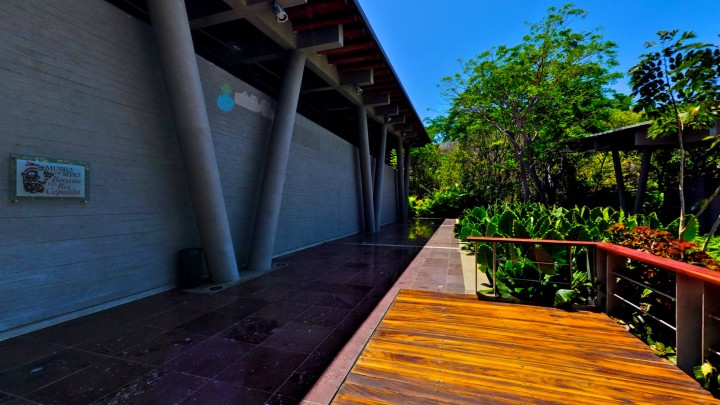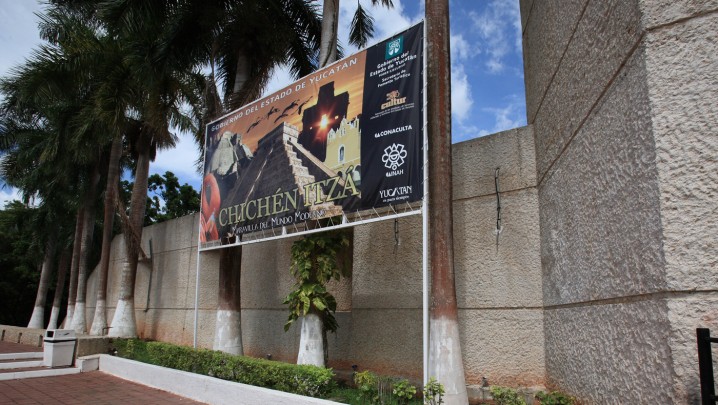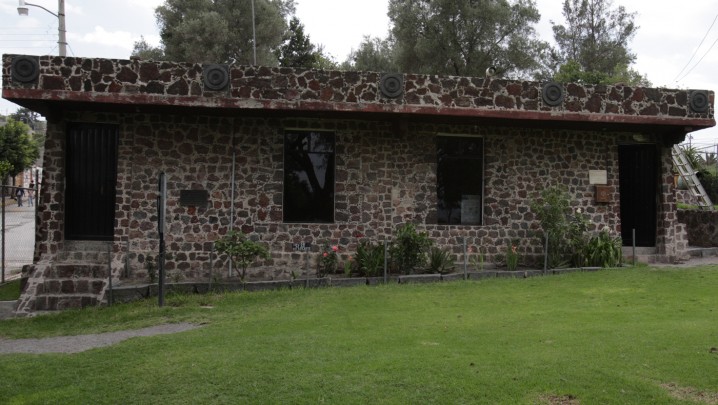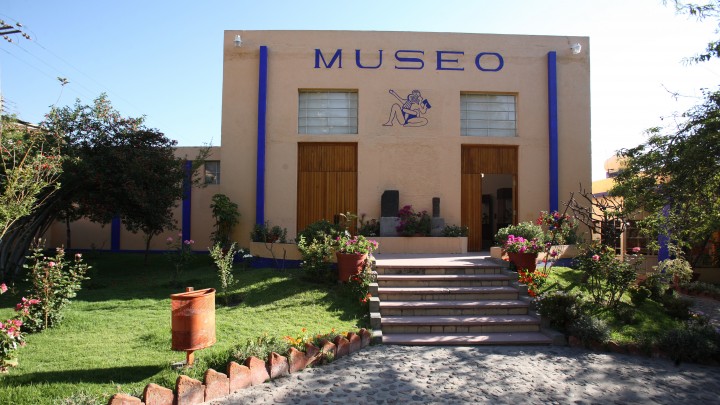INAH Museums Network
128 Museums
Archeological site
The central Tlahuica site, subordinate to the Mexica, who came with them from legendary Aztlan. The ceramics were very varied from the earliest times. At one stage they were influenced by Teotihuacan and latterly by Tenochtitlan. The most interesting exhibits are a sculpture of Xipe Totec, the flayed god and a temalacatl or sacrificial stone.
Morelos
Archeological site
Finest example of the Chalchihuite Culture. Possibly founded by priests emigrated from Teotihuacan to the plains of Zacatecas, the museum houses a rich collection of finely made instruments, jewellery, figures and offerings, including the symbol of the eagle and the serpent.
Zacatecas
Archeological site
The Mixtec Lord 8 Deer Jaguar Claw ruled over a vast area of the present-day coast of Oaxaca. His memory is preserved in this museum, close to Huatulco. The displays features terracotta figures dating back 2,500 years, pounders for making amate paper, polychrome pottery, green stone objects and much more.
Oaxaca
Archeological site
A superb display of the Cacaxtla murals including the battle scene and the Jaguar Man, with information on how they were painted, as well as archaeological finds telling the impressive story of the Lords of Cacaxtla and their warlike people, inheritors of Teotihuacan and Cholula, and their gods such as Tlaloc.
Tlaxcala
Archeological site
A new museum displaying one of the most ancient urban settlements: the most extensive and populous in Mesoamerica and a great exporter of obsidian. It has numerous intricate streets, plazas and walls, many ballcourts and a religion which extolled self-sacrifice.
Puebla
Archeological site
The city of the "Fat Cacique" was allied with the Spaniards against the Mexica. This small museum, surrounded by abundant coastal flora and fauna, displays the Totonac culture, including the remains of defensive walls, the gods of the underworld, mural painting, everyday utensils and figurines and statues of men and animals.
Veracruz
Archeological site
Among the most famous pre-Hispanic cities, it combines Maya and Toltec cultures, it was an important capital in the tenth to the thirteenth centuries AD. A fine collection of archeological pieces explains the development of this city up to its decline, together with the explorations and discoveries that have enriched our knowledge.
Yucatán
Archeological site
Display on the development of the region, beginning with the discovery of 10,000-year-old Chimalhuacan Man and up until its subordination to Texcoco, of the Triple Alliance, together with Tlacopan and Tenochtitlan.
Estado de México
Archeological site
At first the inhabitants of this site fought the Spanish conquistadors, then after a great slaughter Cholula allied itself to conquer Tenochtitlan. The museum tells the story of its inhabitants from the ninth century, with themes covering excavations, pottery, funerary customs and mural painting.
Puebla

